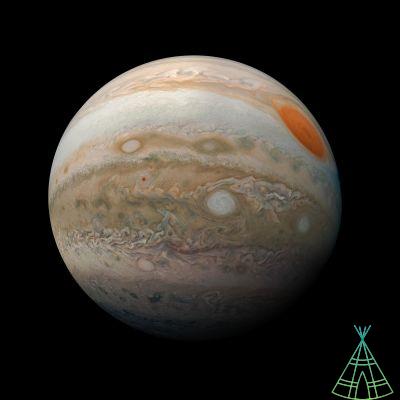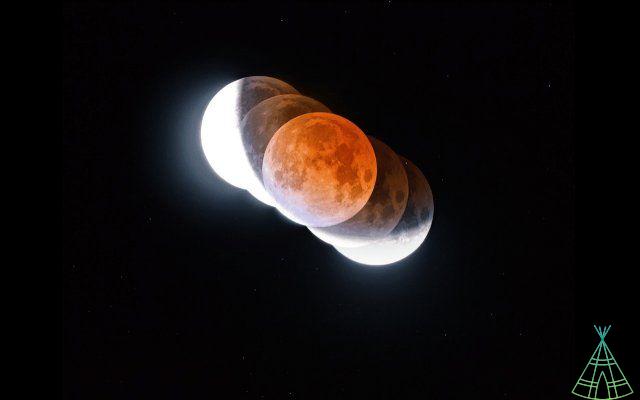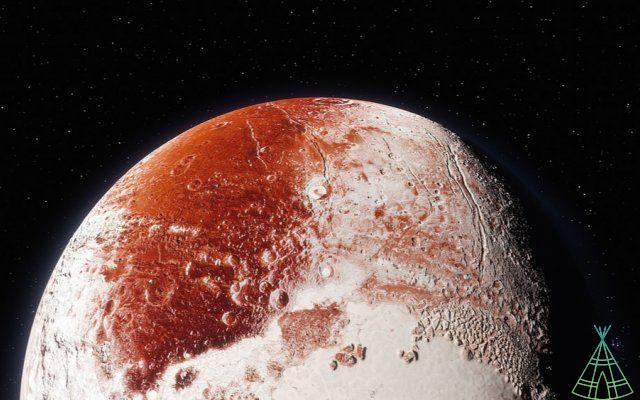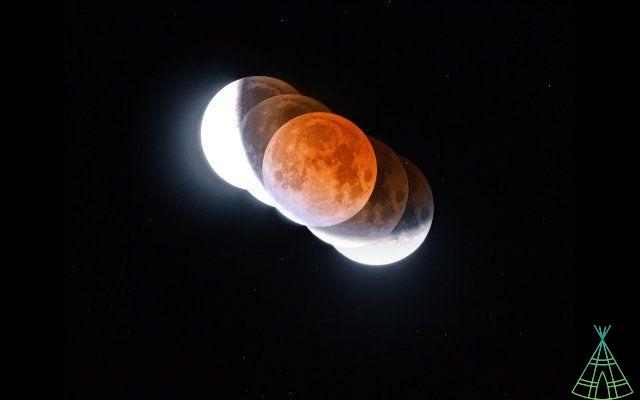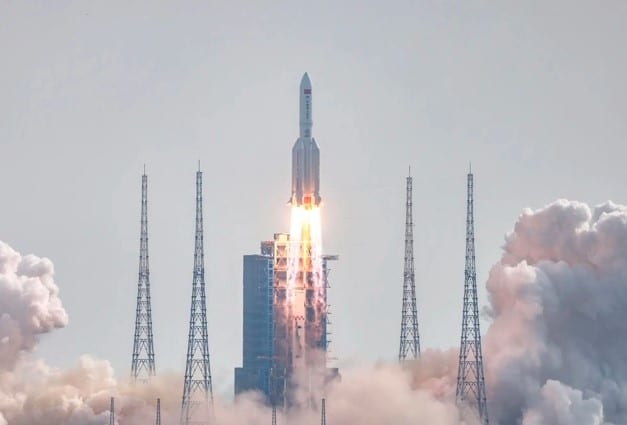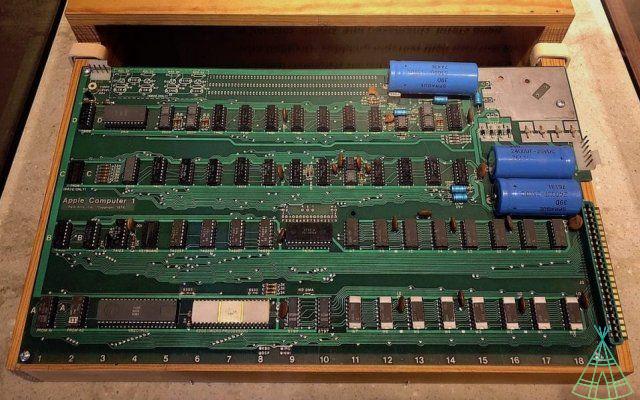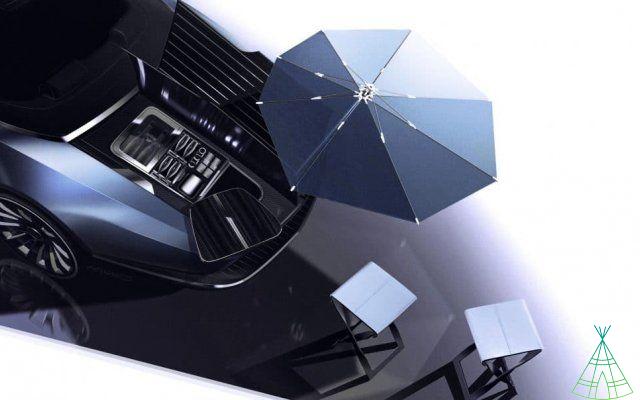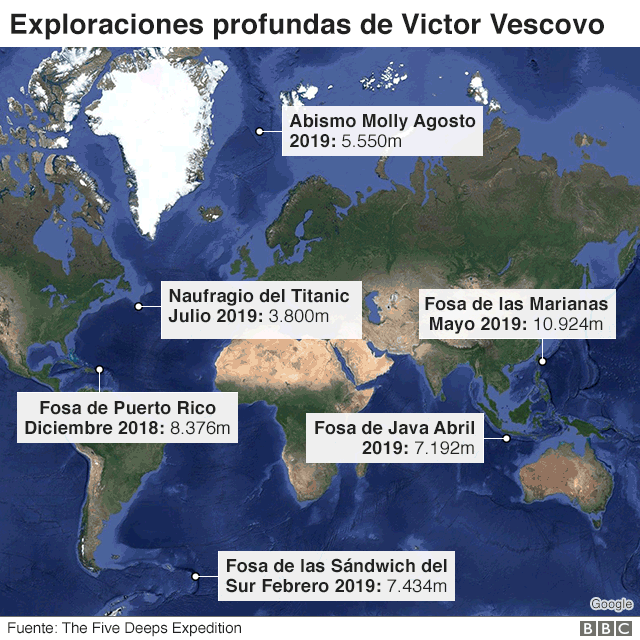A solar eclipse occurs when the Moon slides between the Earth and the Sun casting a shadow on the planet and partially or totally blocking sunlight. There are three best known types of this phenomenon: partial, annular and total. Rarer, however, a fourth pattern, called a hybrid solar eclipse, is arguably the most intriguing, spectacular and interesting of them all – and the next one will be next year.
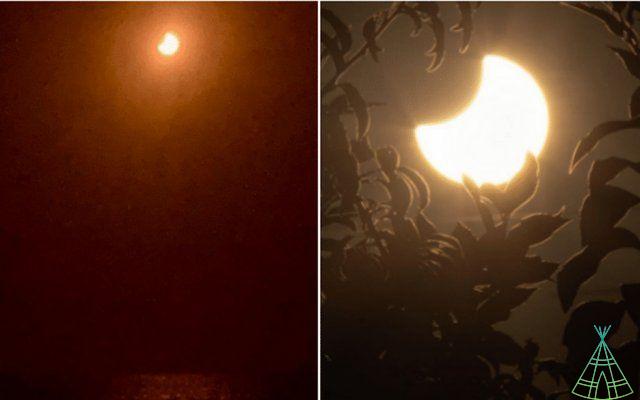
Partial eclipse is the most (and also the least impressive) type, which happens when only part of the Sun is obscured by the Moon. In this case, there is practically no change in daylight brightness.
With regard to annular eclipse, the phenomenon happens when the Moon covers the center of the Sun, but leaves a visible circle of light around it. It is popularly known as the “ring of fire”.
And the total eclipse of the Sun is characterized when the entire solar disk is blocked by the Moon, making the day completely dark.
Imagine now a mixture of all of them. That's kind of what defines the hybrid eclipse, which combines an annular eclipse seen from some points on Earth and a total eclipse from others, depending on the time of day.
Hybrid solar eclipses occur when the distance from the Moon is close to its limit for the umbral shadow to reach the Earth, depending on the degree of inclination of the lunar orbit, given that both bodies are curved.
At that point, the Moon is just the right distance from Earth for the apex of its cone-shaped shadow to be slightly above the Earth's surface at the beginning and end of the eclipse path, causing the Moon's antumbral shadow to move across the Earth. , causing an annular eclipse.
However, midway through the eclipse, the apex of the Moon's umbral shadow hits the Earth's surface, because that part of the planet is a little closer to it.
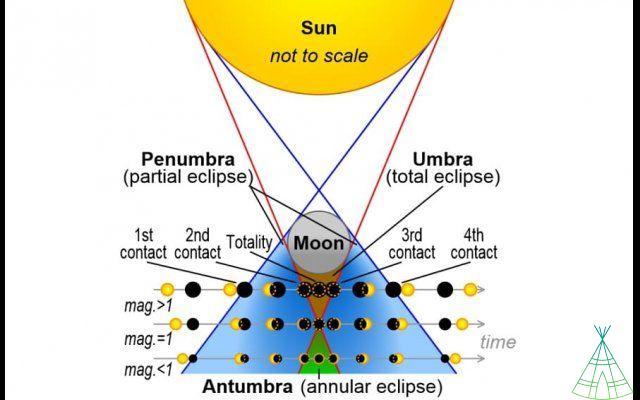
This diagram of a hybrid eclipse above shows how the distance between the Moon and Earth determines the shadow cast on the planet's surface, from the faint penumbra of a partial eclipse of the Sun to the deep, dark umbra of totality and antumbra – a kind of “half-shadow” – of annulment.
When does the next hybrid solar eclipse happen?
According to the website Space., the next hybrid solar eclipse will occur on April 20, 2023 in the southern hemisphere. It will transition from override to full and back in only two very remote locations at sea.
Thus, in practice, the phenomenon will be exclusively experienced in a total eclipse of the Exmouth Peninsula in Western Australia (up to 1 minute), East Timor (1 minute and 14 seconds) and West Papua (1 minute and 9 seconds). Just before and just after totality, a large display of “Baily beads” will be visible.
Named after the English astronomer Francis Baily, who first observed them in the early 1800s, Baily beads are the last rays of sunlight that can be seen streaming through the Moon's valleys just before totality and at the end of the process. .
During a hybrid solar eclipse, Baily's bead displays are longer because the Moon is almost precisely the same apparent size as the Sun.
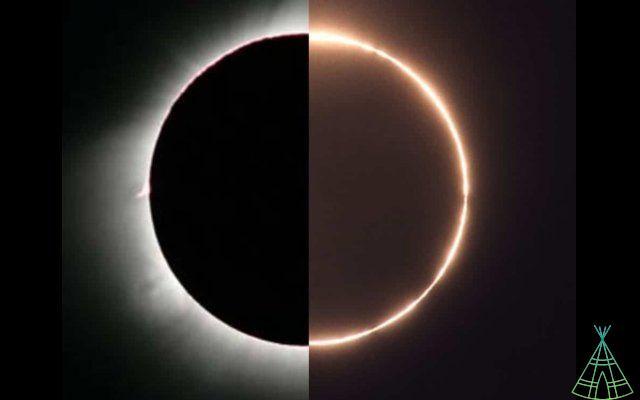
There are between two and five solar eclipses each year. During the entire 21st century, only 3,1% (7 out of 224) of eclipses were hybrids.
The most recent hybrid eclipse took place on November 3, 2013, with a total eclipse visible from Central Africa, including northern Kenya, Uganda and the Democratic Republic of Congo. On occasion, cruise ships in the middle of the Atlantic Ocean also experienced totality, for up to a minute.
Read more:
- Ring of fire: see amazing images of solar eclipse
- Last solar eclipse of 2022 in spectacular images
- See solar eclipse captured by NASA observatory
Hybrid solar eclipses are also called total-annular, "beaded" or "broken" annular eclipses, the last two nomenclatures referring to the particularly long displays of Baily's accounts.
When the Moon appears to pass directly in front of the Sun, hybrid solar eclipses are classified as “central” solar eclipses – as well as total and annular solar eclipses – to differentiate them from partial ones.
Have watched the new videos on YouTube from Technology Refugee? Subscribe to the channel!











